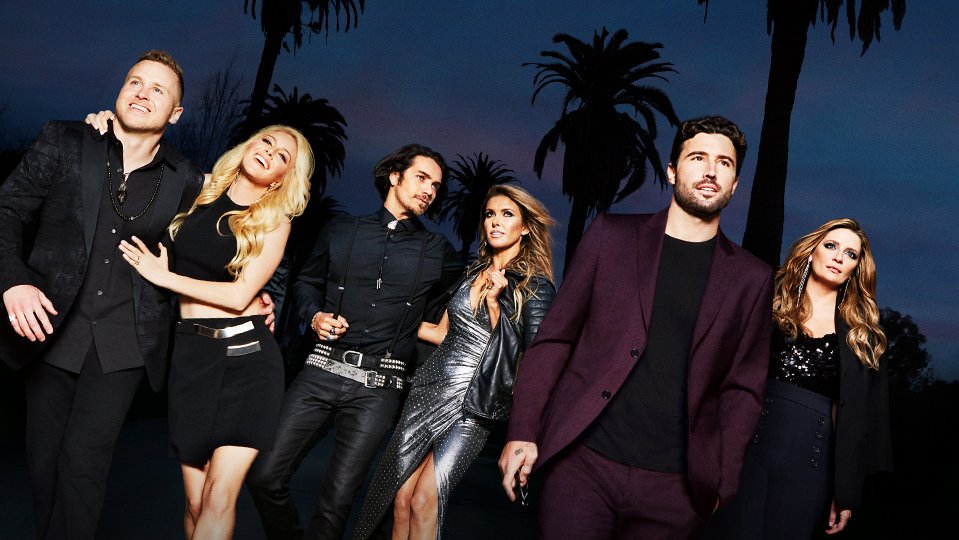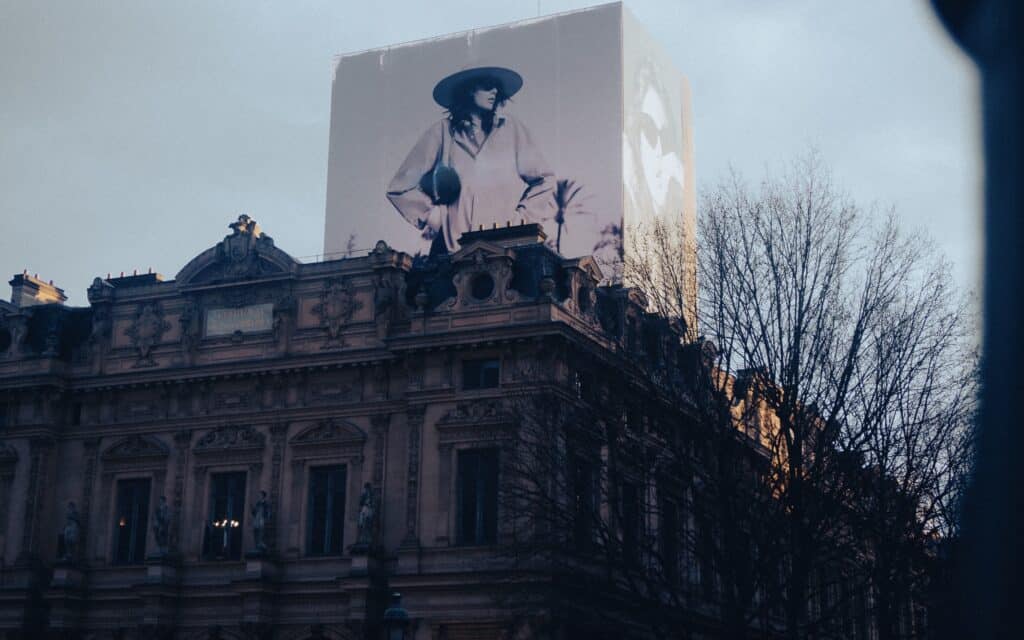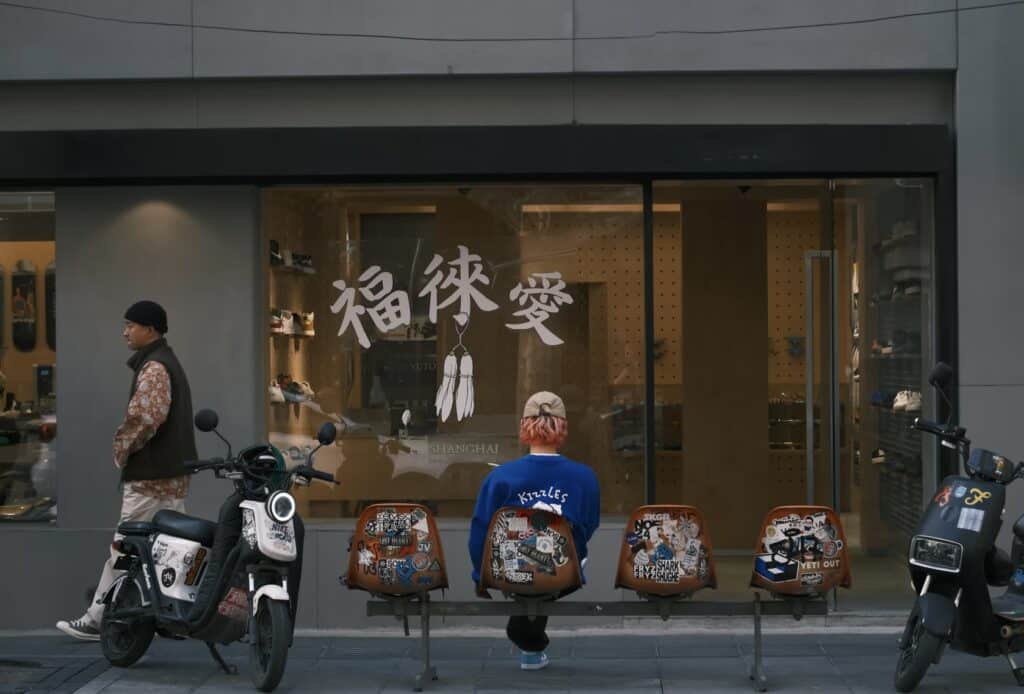Imagine this: ahead of a date with Justin Bobby, Audrina Patridge of MTV’s The Hills stands in front of a mirror putting on makeup. In between shots of the perfectly-coiffed TV star applying mascara, the camera zooms in on some of the cosmetics she is using: they are all from L’Oreal. It is a classic case of product placement – when branded products are inserted into programming in exchange for a fee or some other form of compensation.
The L’Oreal-centric scene – which can be found in the second episode of MTV’s newly-revamped show – comes and goes without any specific disclosure as to how the products ended up in the episode, despite being there as a result of what is almost certainly a behind-the-scenes deal between the television network and the Paris-based beauty giant.
This lack of disclosure – which is perfectly legal – stands in rather stark contrast to the rules that apply if a social media influencer, for instance, were to feature that very same product on his/her Instagram account as a result of a partnership with L’Oreal. In the latter case, language alerting social media users to the partnership – which might come in the form of a hashtag, such as #ad or #LOrealPartner – would need to be placed in a prominent position, clearly visible for anyone viewing the post.
This type of untraditional advertising is at the core of what U.S. government entities, such as the Federal Trade Commission (“FTC”), look for when determining when consumer-facing disclosures are needed. So, why the very low bar for television, the notably higher bar for social media, and the resulting discrepancy between the two?
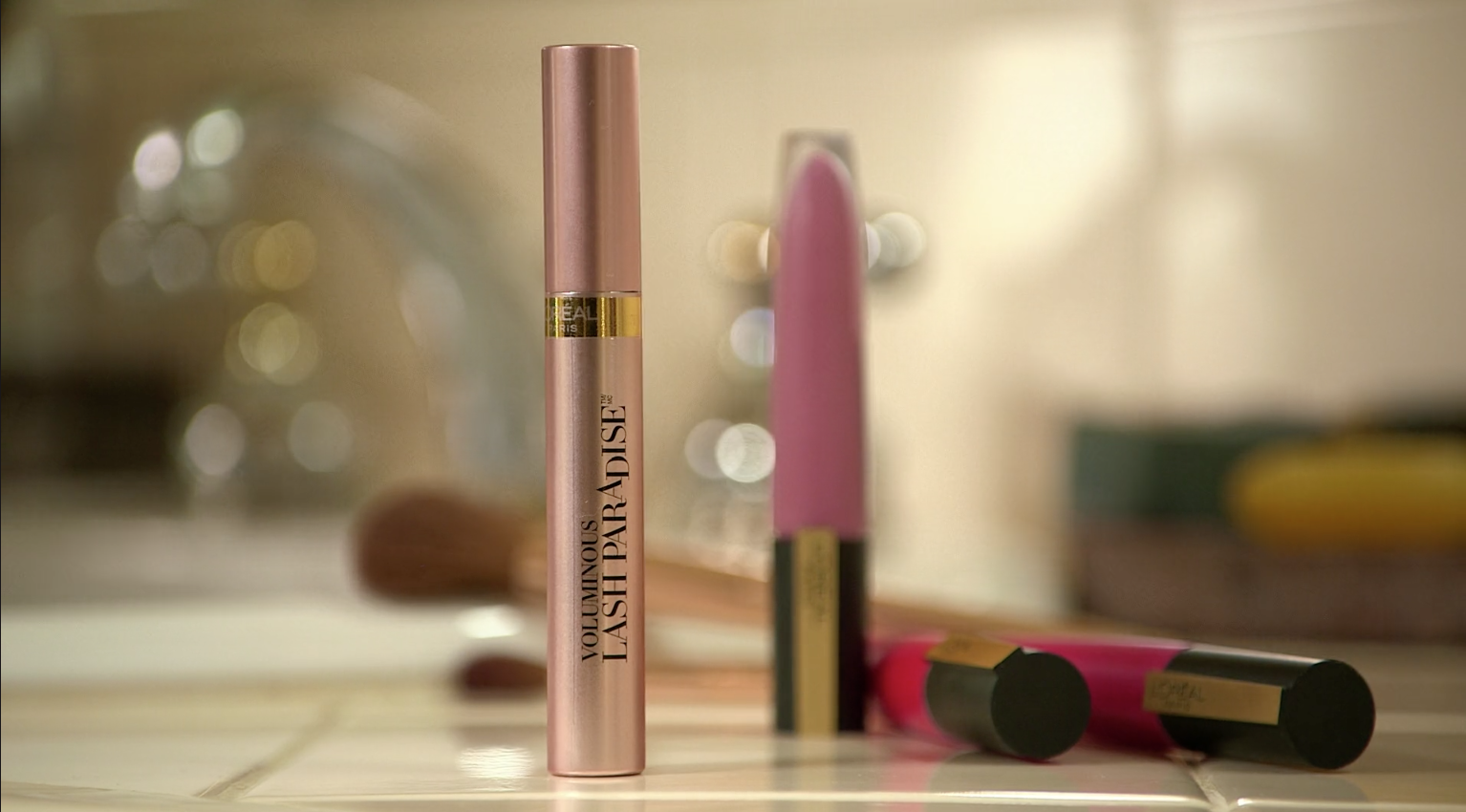 image: MTV
image: MTV
While the FTC has been clear that just like brands, social media influencers – whether they be Instagram stars or more traditional celebrities – must make it clear to their followers when a social media post involves any sort of sponsored promotion that would not necessarily be obvious to consumers, the FTC is relatively unconcerned with product placement in television shows, music videos (such as this Saint Laurent-sponsored Travis Scott one) and films, etc.
The government agency – which is tasked with promoting consumer protection and eliminating and preventing anticompetitive business practices – has stated that in a television context, the “mere showing [of] products or brands” does not amount to an endorsement and thereby, does not require disclosure. Only an active endorsement – i.e., explicit claims about a product or brand – does. The FTC made this clear in 2005 when, in response to a formal complaint filed by non-profit organization Commercial Alert, it held that simple product placements in television programs – à la Audrina’s mascara – need not be disclosed at the time that the product appears on screen.
That is markedly different from the FTC’s social media-specific rules, which state that simply “tagging a brand you are wearing” even without the inclusion of any specific language promoting the brand or the product “is an endorsement of the brand” that requires disclosure.
However, just because the FTC does not require that straightforward product placements on TV be disclosed, that does not that the Federal Communications Commission (“FCC”) – which is a separate government entity tasked with regulating interstate communications by radio, television, wire, satellite, and cable – does not maintain rules of its own regarding the disclosure of product placement in TV shows … because it does.
In line with its sponsorship identification requirements, the FCC – whose purview is limited to broadcast and cable television, and does not extend to non-broadcast (i.e., non-terrestrial) television – mandates that TV shows that make use of paid for (or otherwise compensated) product placements list the brands that paid for product placement in the end credits of the episode at play. Again, this is a far cry from what the FTC requires for social media product endorsements.
To date, there have been a number of pushes by advocacy groups to get the FCC to reconsider what has been described as a “laissez-faire attitude towards the [most] forms of product placement,” and while the FCC initiated an inquiry in 2008 that focused on whether TV product placement should be clearly disclosed, the agency opted not to take further action.
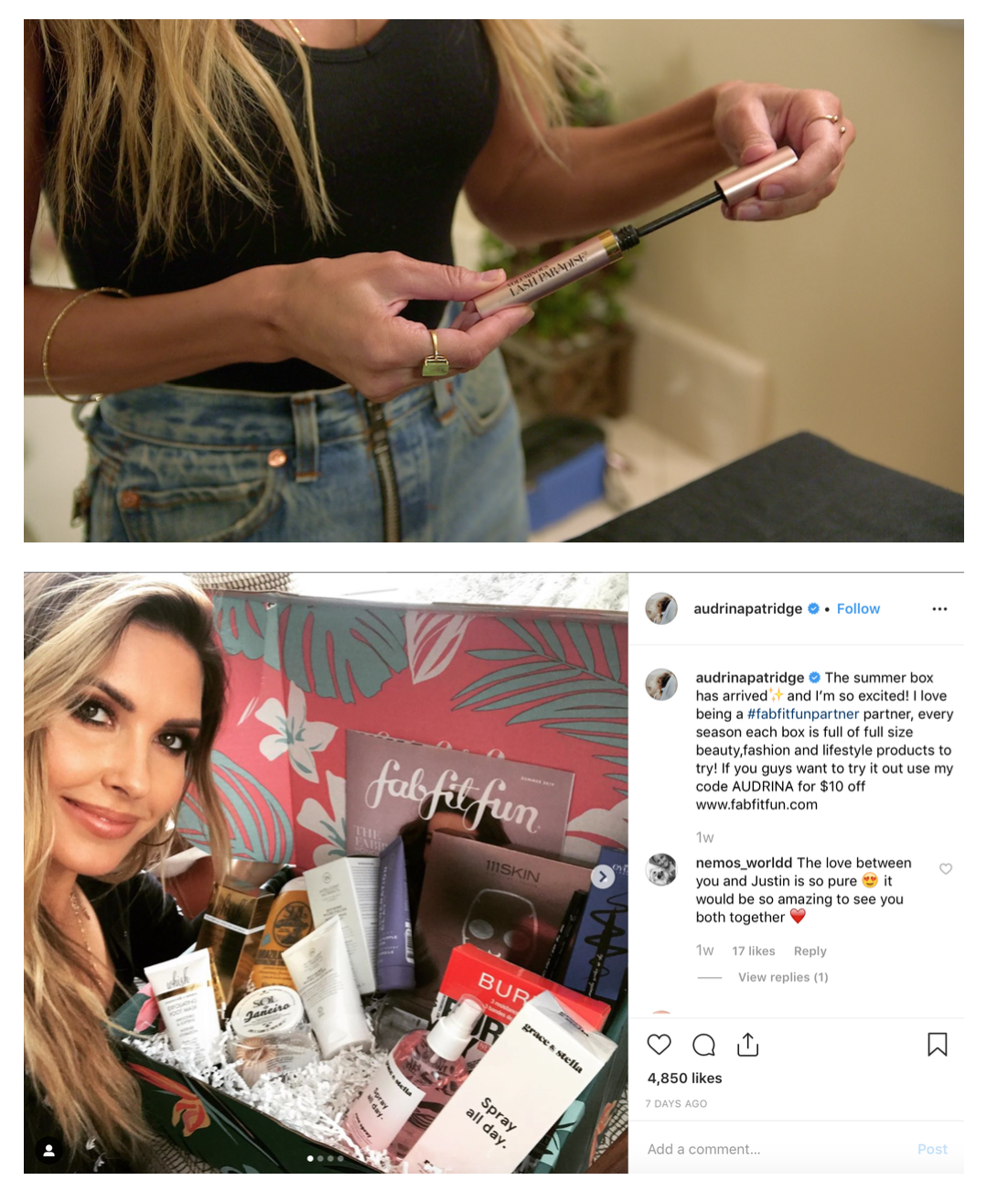 Television product placement (top) vs. Instagram endorsement (bottom)
Television product placement (top) vs. Instagram endorsement (bottom)
As for whether such TV-specific product placements actually impact sales, native advertising has been shown to have “a positive effect on consumer demand and seems to be more effective at driving sales than traditional TV advertising,” according to a 2019 study from researchers at University of Chicago’s Booth School of Business and Microsoft.
The impact of such product placements tends to be relatively small, in large part because such placements are “integrated into TV shows more subtly than a standalone advertisement, and also because the length of each brand mention is typically shorter than a standalone advertisement.” However, their efficacy is not to be overlooked, especially since a growing pool of consumers, particularly of the millennial and Gen-Z kind, tend to “react negatively to advertisements clearly intended to persuade them, thereby indicating that subtler product placement methods would be more effective than traditional advertising.”
Considering the rise of technologies, such as commercial-free media streaming and internet ad blockers, which have decreased the effectiveness of traditional advertising, the age-old model of product placement – among other native approaches – is expected to continue to increase in popularity.
A final finding to consider comes from marketing professors David Schweidel of Emory University’s Goizueta Business School and Beth L. Fossen of Indiana University’s Kelley School of Business, who found that aside from any impact on actual consumer spending, product placement leads to an increase in website traffic and social media activity for the brands that engage in it, which is a highly compelling factor for marketers. After all, even if product placements are not directly boosting sales, they are likely creating brand awareness, which is a big part of the game.







